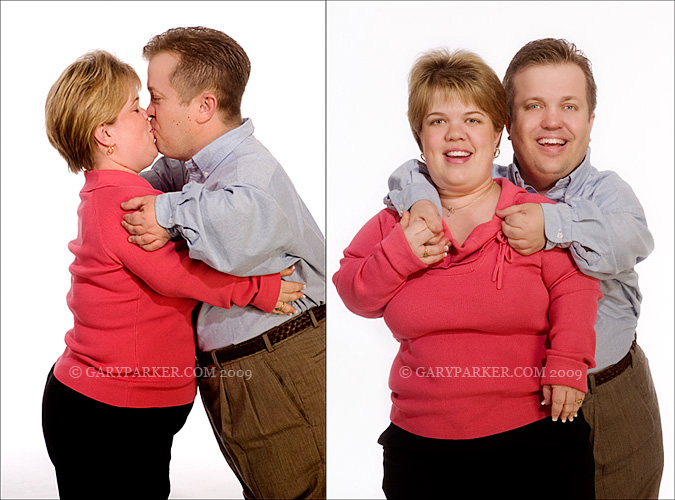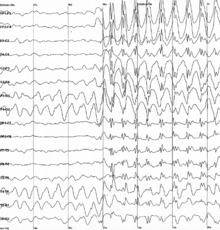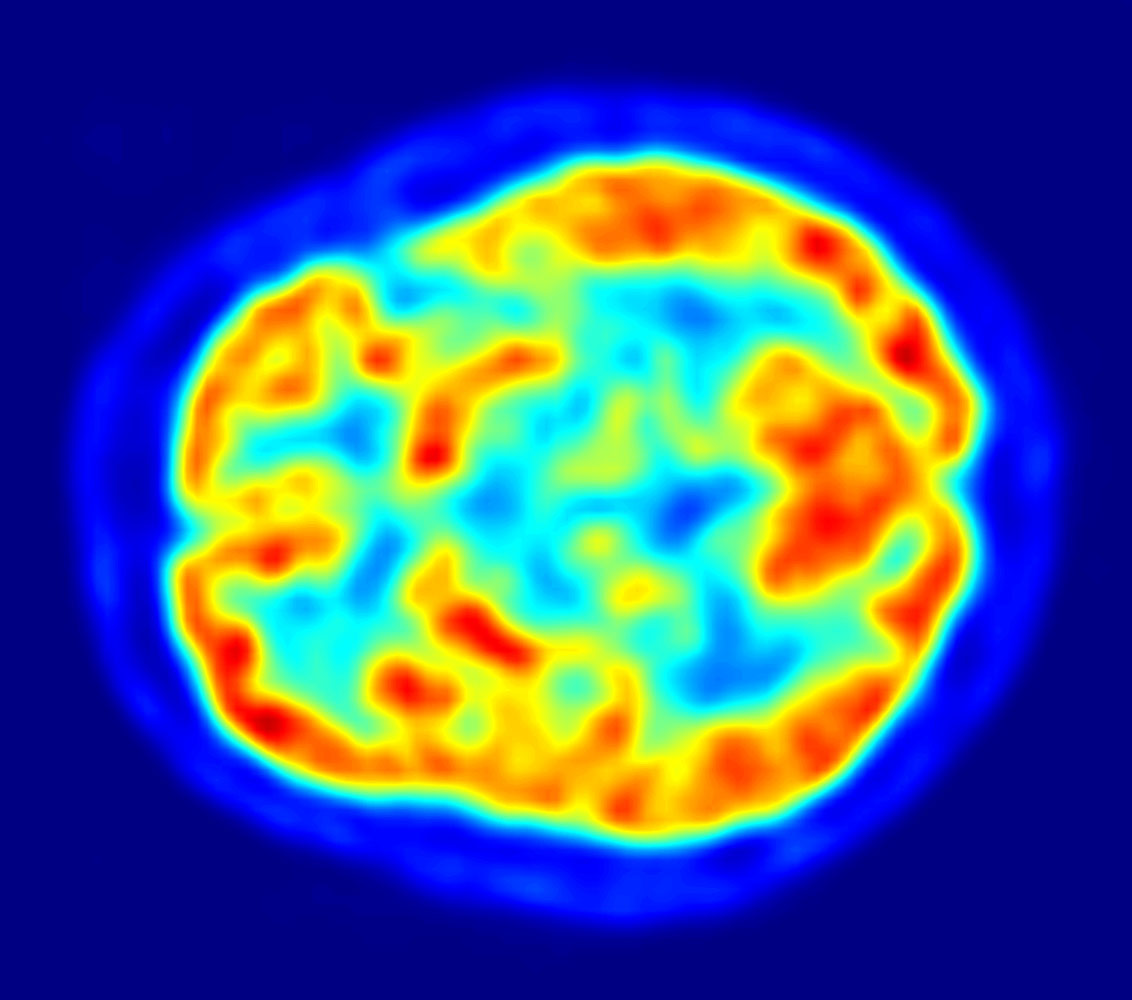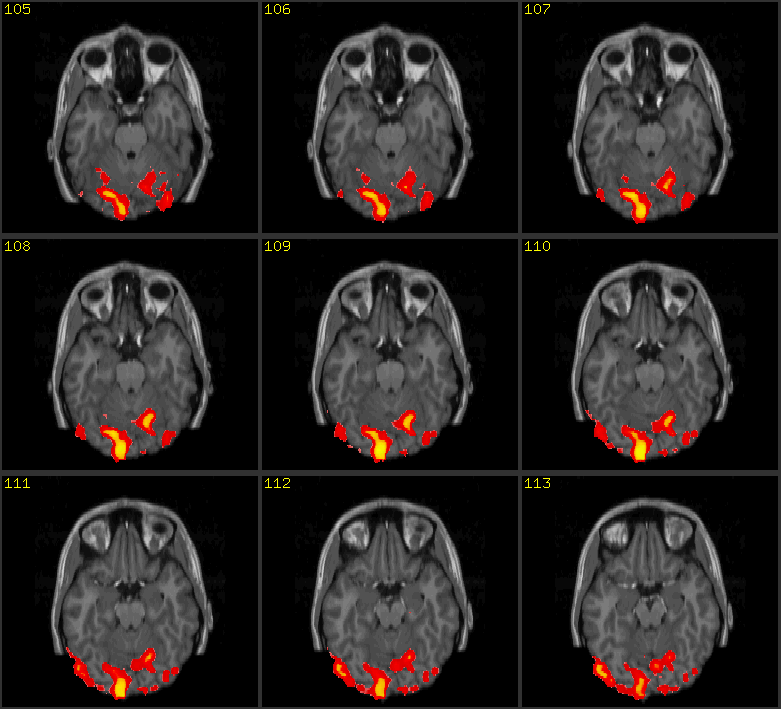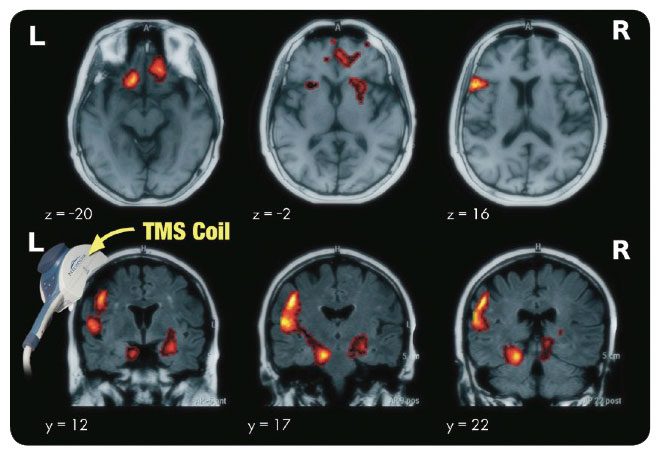Dwarfism is a short stature that results from genetic/ medical condition. Dwarfism is defined by a height of 4 feet 10 inches or less. The average adult height is 4 feet. Treatments don't increases stature but merely lessens complications that may arise.
SYMPTOMS
Disproportionate dwarfism- some parts of body are small, and others are average/above average; inhibits development of bones
- average trunk size
- short arms and legs
- short fingers
- limited mobility at elbows
- disproportionately large head with big forehead
- height below third percentile on standard pediatric growth charts
- growth rate slower than expected for age
- delayed/no sexual development during adolescence
Achondroplasia- person with achondroplasia and with 2 avg-size parents received 1 mutated copy of gene
Turner Syndrome- random deletion or severe alteration of X chromosome in sperm/egg
Growth Hormone deficiency- traced to genetic mutation but no definite cause can be identified
-deficiencies in hormones & poor nutrition
